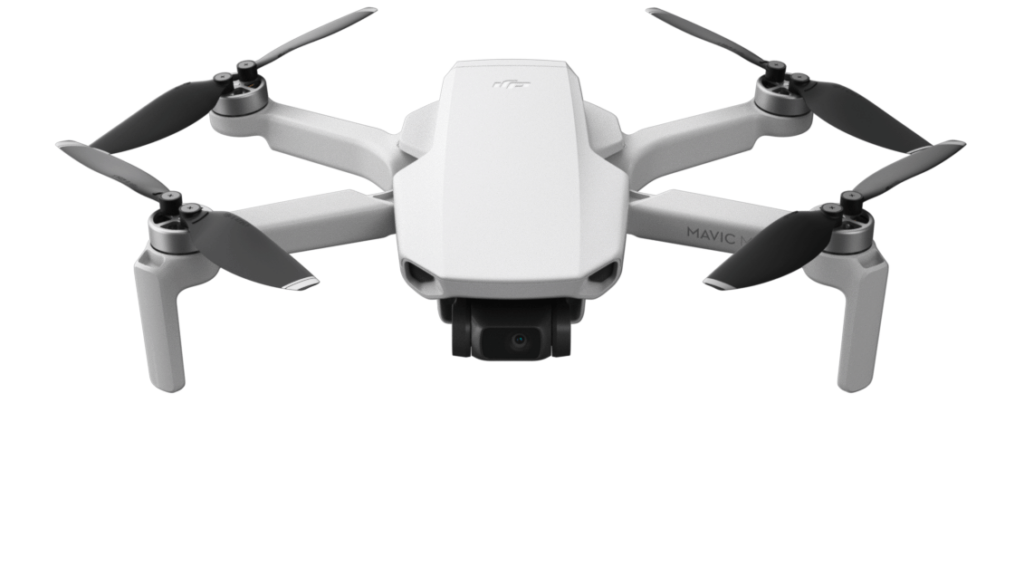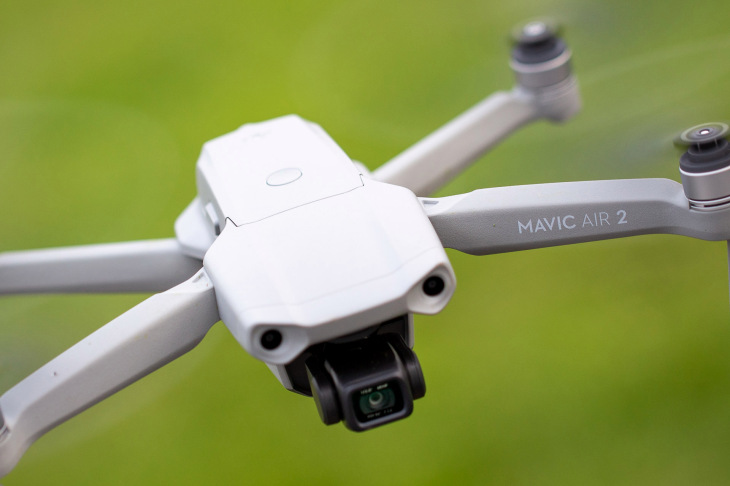The new fast DJI’s FPV drone has recently been released with its amazing combination of an easy to operate 4K camera and video goggles, which provides a high-speed immersive flying experience. It is likely to be the cross between a racing drone and a cinematic, sky-based camera like the DJI Mavic Air 2. The DJI FPV differs from the company’s other drones in that by flying this drone with a video feed on a controller screen, you experience an on-board view because of the head-mounted goggles. This gives the sense of being in the real-world cockpit of a plane on Microsoft Flight Simulator or that you are flying like an eagle.
This makes the DJI FPV similar to racing drones that have become popular with the rise of professional competitions like the Drone Racing League (DRL), although this drone is targeted more towards beginners who want to try the FPV experience while shooting 4K aerial videos.
Even though the DJI FPV can’t reach 120 mph top speeds like the pro racing drones, it is more agile than any Mavic drone, and still can reach top speed of 87 mph and can gain go from 0 to 62 mph in a mere two seconds.
In contrast to traditional drones, which send their video to a controller or smartphone screen, First Person View (FPV) drones are flown using the combination of a controller and head-mounted goggles, which give the pilot a live video feed from the drone.
What promises to make the DJI FPV a unique drone is the combination of these speeds with the FPV’s strong filmmaking ability that can shoot 4K/60p video with steady image stabilization and a 120Mbps bit-rate, all by means of its 150-degree wide-angle lens.
The DJI FPV’s 1/2.3-inch CMOS sensor is smaller than the ones in the DJI Mavic 2 Pro and DJI Mavic Air 2, but it is the same size as the DJI Mini 2’s chip, which means it can provide a decent quality video and images where there is good light, even with a very wide-angle lens.
The FPV’s USP is the ability to provide a soaring view of landscapes and scenery via the included Goggles V2. This also makes it possible to control it using DJI’s new optional single-handed motion controller, which allows for flying the drone by using hand movements, which makes it operate more like a VR headset than any previous DJI drone.
What makes the Motion Controller intriguing is that it aims to make FPV drones more intuitive and beginner-friendly than before by including some handy safety features, such as a brake button. By pressing such a button once, the drone will do an “emergency brake and hover,” whereas a long press activates the “return to home” function.
The FPV Goggles V2 are essential, because they make it possible to see where you’re flying, whether you are using the motion controller or the standard pad. These show a live video feed from the drone in 810p quality at either 60fps or 120fps, depending on which quality mode is chosen.
The big technical challenge for FPV drones has always been a delay in data transfer between the drone and goggles. DJI, however, claims to have solved this with the latest version of its Ocusync technology, called “O3.” This promises to send a high bit-rate 50Mbps feed to the Goggles and which brings new anti-interference technology to ensure there is a reliable feed.
There will likely be safety concerns since it is inevitable that there will be beginners flying an 87 mph drone around using a video headset to guide their movements. DJI, however, thinks the combination of its safety features, and drone laws, will be enough to ensure safe flight.
In most regions, drone laws mean that in the US, UK and Australia, it will be necessary legally to be accompanied by an observer or “spotter” when flying the FPV. The reason for this is that it is not possible to maintain direct line-of-sight while wearing the goggles.
Alongside the “Emergency brake and hover” function on the motion controller, DJI has included its usual GPS-based geofencing warnings and ADS-B receiver system, which warns when other manned aircraft are nearby.
In Australia approval from CASA (Civil Aviation Safety Authority) is necessary to fly the FPV drone outdoors. Another option is to be a member of a model aircraft association that has approval for FPV flights.
Future
Drone enthusiasts are excited about the prospects of owning an easy to operate DJI FPV drone with its promise of a high-speed immersive flying experience with a 4K camera and video goggles.
Who wouldn’t want to experience this amazing combination that gives the sense of being in the real-world cockpit of a plane on Microsoft Flight Simulator or that you are flying like an eagle?



